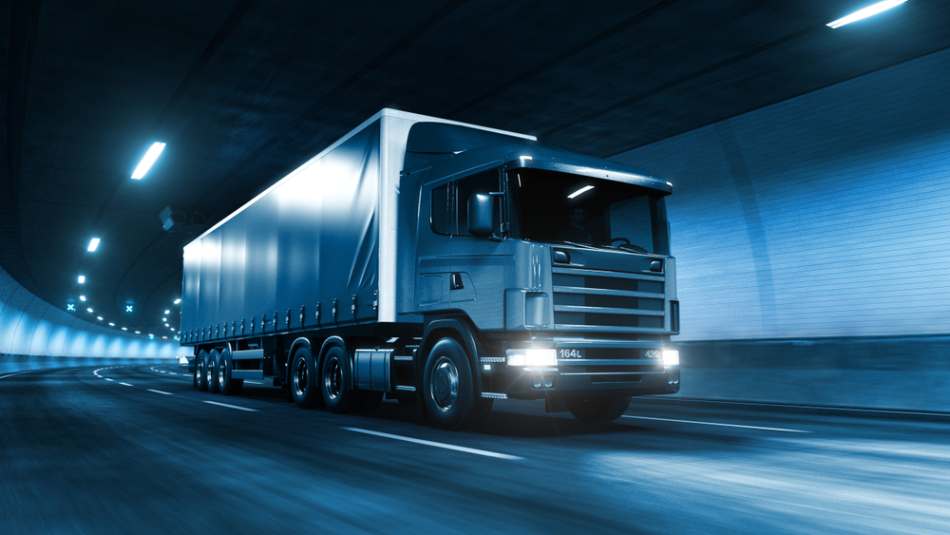The other day I was behind a truck with one of those “If you can’t see my mirrors, I can’t see you!” signs. Remember them? They used to be everywhere – I remember when I was a little kid, virtually every truck had that sticker. And that was a good thing – if you have limited visibility, it’s important to let the other drivers around you know, so that they can take that into consideration and act accordingly. Communicating that information made the roads safer.
So why is it that those stickers seem to be dying out? Are truck drivers less concerned with safety than they used to be? Have they decided that if a truck hits a car, the truck will probably be fine, so it’s not their problem? Are we on the verge of a Road Warrior scenario?
It’s nothing quite so dramatic. The real reason is this:
Truck drivers are using reversing cameras more than ever, so they can see you.
That’s right, back in the old days, truck drivers needed to use mirrors to gain visibility, which meant that if there wasn’t a path for light to go from you to the mirror to their eyes, then they couldn’t see you. But these days, technology means that our options are far broader. With a rear vision camera kit, a camera at the back of the truck can show the driver everything they need to see, even if their mirrors wouldn’t. This technology helps fill in the gaps left by mirrors, and is making the roads a safer place.
But it’s not just for truck drivers! Reverse camera kits are also vital for anyone who’s towing a trailer, from a caravan to a boat to a horse float. Trailer rear vision systems ensure that whatever you’re pulling doesn’t get in the way, allowing you to stay safe, change lanes, and make turns without having to worry about massive blind spots.
Reversing cameras are also used by ordinary car drivers, who appreciate having the added clarity and vision that a camera provides. Mirrors do a lot, but there’s a lot they don’t do too, and a camera can be a big help to anyone who doesn’t like guessing distance when parallel parking, or finds that mirrors don’t work too well in the dark. In busy urban environments with cramped car parks and narrow laneways, a camera can make the difference between squeezing into a tight spot and having to park a couple of blocks away.


